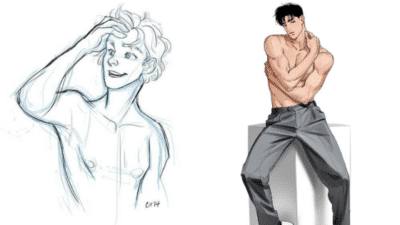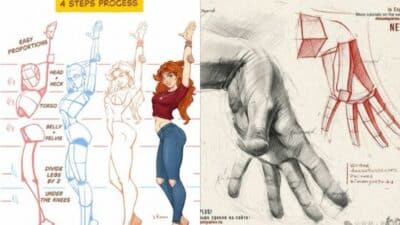Standing pose reference is essential for any artist looking to improve their figure drawing skills. By studying various standing positions, you gain a clearer understanding of human anatomy, balance, and natural movement. Using pose references helps you create more realistic and dynamic drawings with confidence.
Whether you’re working on character design, portraits, or casual sketches, having access to diverse standing poses lets you explore different body language and expressions. Many resources offer high-quality, customizable references that can be adjusted to fit your specific needs and artistic style.
With the right poses to practice from, you’ll develop better proportions and fluidity in your artwork. This boosts not only the accuracy of your figures but also your overall creativity when capturing the human form.
Key Takeways
- You can improve figure accuracy by studying different standing poses.
- Access to varied pose references helps expand your creative range.
- Practicing with pose references builds confidence in drawing human figures.


Understanding Standing Pose Reference
When working on figure drawing, using a standing pose reference helps you capture realistic proportions and natural body language. It guides your understanding of how weight is distributed and how limbs align, which is crucial for accurate and lively artwork.
What Is a Standing Pose Reference?
A standing pose reference is any visual aid showing a person in an upright position, used by artists to study the human body. This can include photos, sketches, or 3D models.
You use standing pose references to observe posture, balance, and proportion in a static position. These references help avoid guesswork, giving you a clearer idea of how the body naturally aligns when standing still or shifting weight.
Importance of Standing Poses in Art
Standing poses are foundational because they represent one of the most common and recognizable ways to depict the human figure. Mastering standing poses improves your ability to render natural body language, making characters appear more believable.
When you practice with standing pose references, you develop skills in balance and weight distribution. This practice also enhances your understanding of gesture, which adds life and emotion to your drawings, even in simple stances.
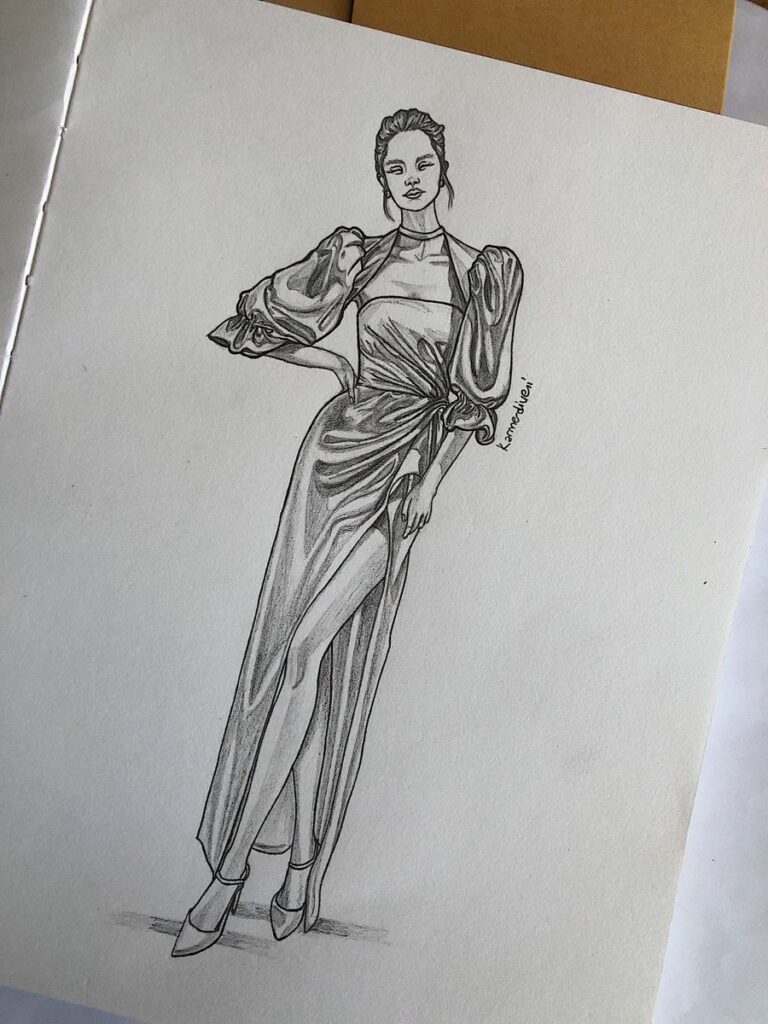
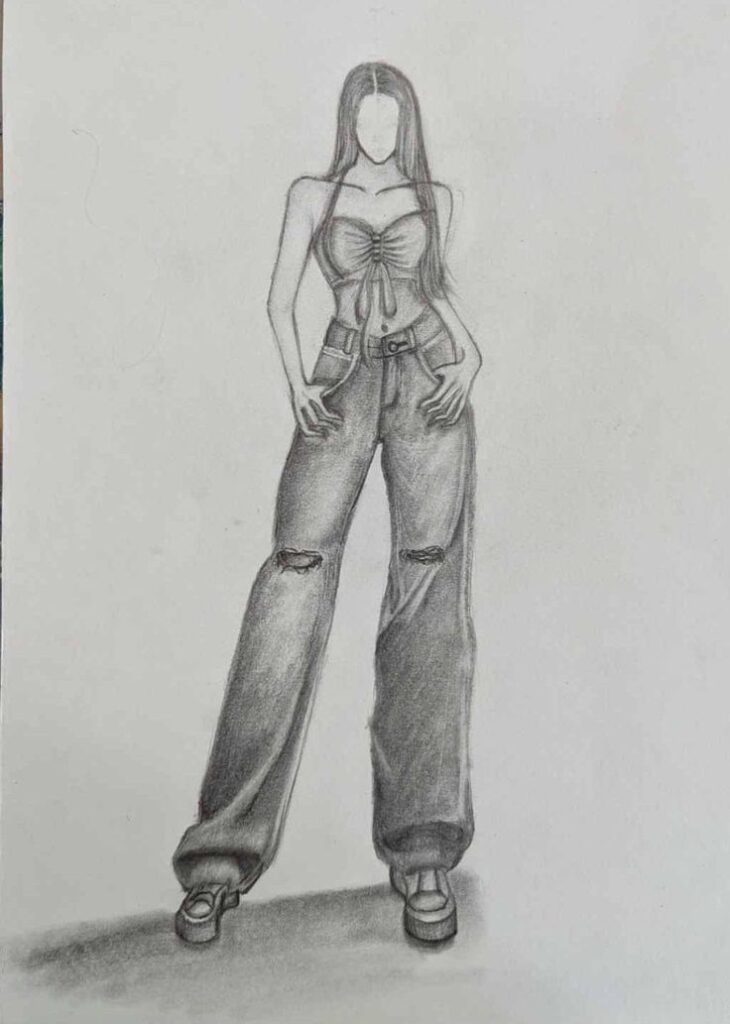
Fundamentals of Human Anatomy in Standing Poses
To draw standing poses accurately, you need a grasp of key anatomical elements like skeletal structure and muscle groups. Knowing how the spine curves and how hips and shoulders tilt affects the pose’s stability and natural look.
Pay attention to proportions such as head-to-body ratio and limb length. Understanding these basics ensures your figure drawing reference stays anatomically correct, whether you’re sketching quick studies or detailed illustrations.
| Focus Area | Key Points |
|---|---|
| Spine & Posture | Curvature supports balance; influences body tilt |
| Weight Distribution | How weight shifts affects leg position and muscle tension |
| Proportions | Standard ratios help maintain anatomical accuracy |
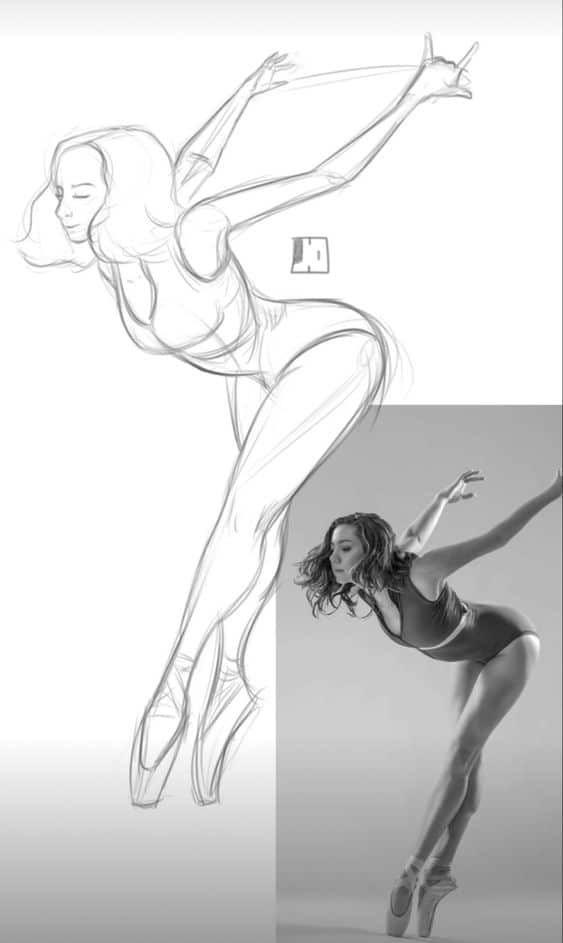
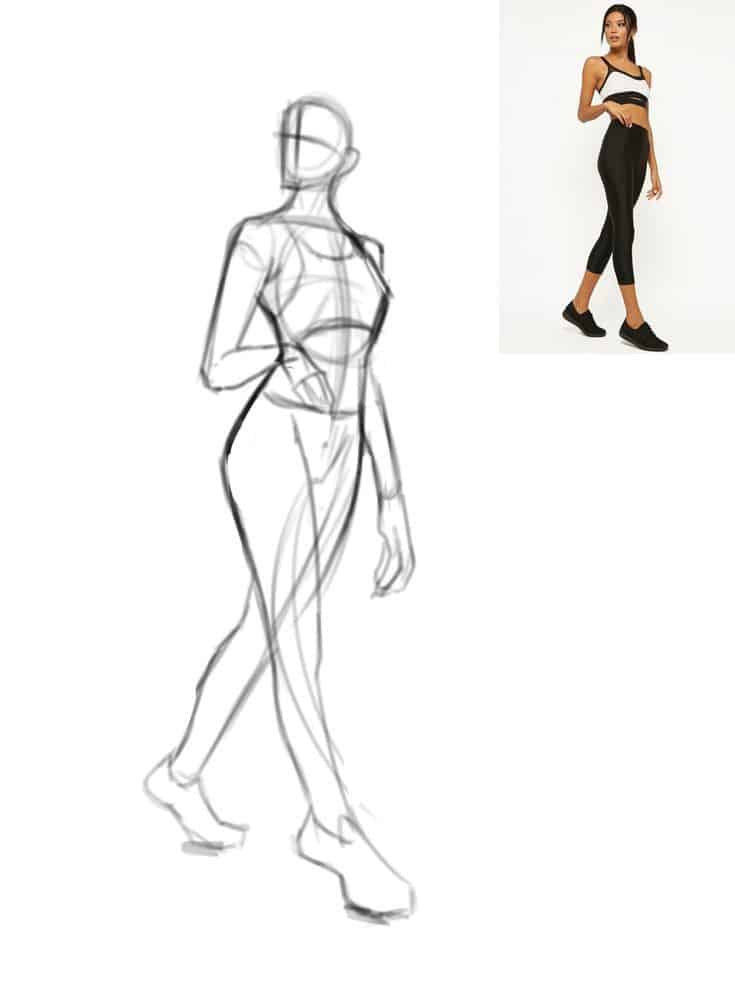
Types of Standing Poses for Artists
When you choose standing poses for your art reference, consider how different stances affect the figure’s balance, emotion, and storytelling. Each type serves a purpose, whether you want simplicity, movement, or character expression in your drawing poses.
Neutral Standing Poses
Neutral standing poses show the figure in a relaxed, upright position with weight evenly or naturally distributed. These poses are essential for mastering anatomy and proportion because the entire body is visible without exaggerated angles.
You’ll find neutral poses great for quick studies or character sheets where clarity of form is crucial. Changes in camera angle or slight shifts in weight can still add interest without complicating the pose.
Using neutral poses as your base reference helps you focus on details like skeletal alignment and muscle structure before moving to more complex stances.

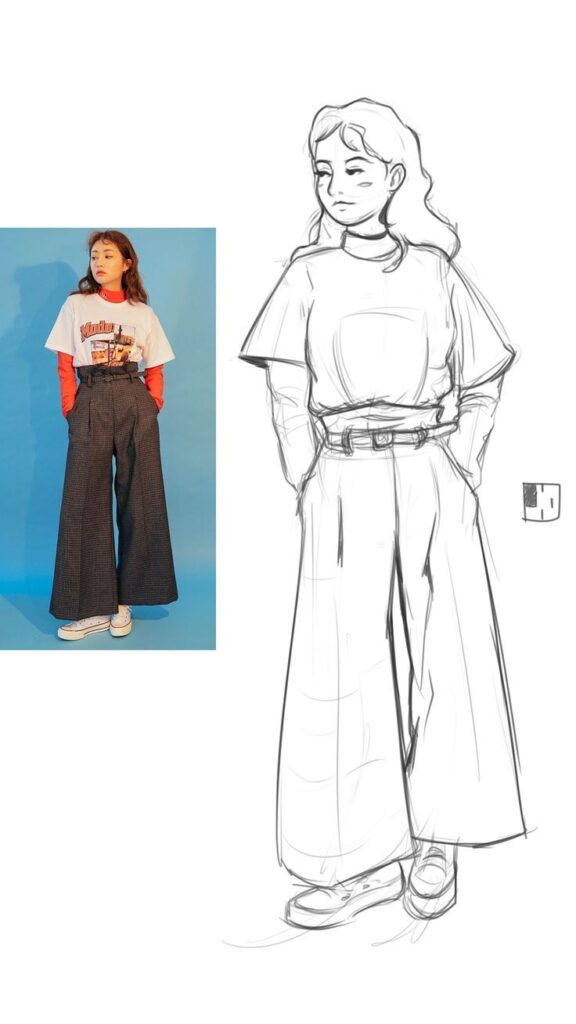
Dynamic Standing Poses
Dynamic standing poses involve the figure engaging in slight motion or tension, such as shifting weight onto one leg, twisting the torso, or an active arm gesture.
These drawing poses express movement and energy, breaking away from stiffness. You can create a sense of balance and flow by emphasizing angles in the hips, shoulders, and limbs.
These poses help add realism and life to your art, encouraging you to study weight distribution and how muscles appear when the body is in action or tension.
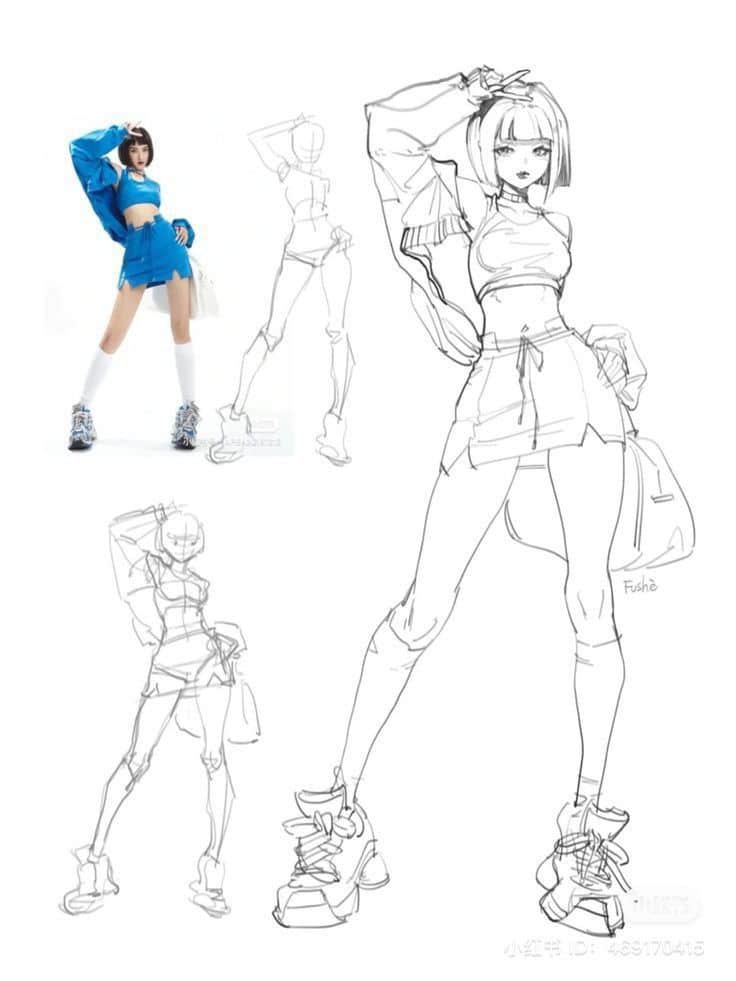
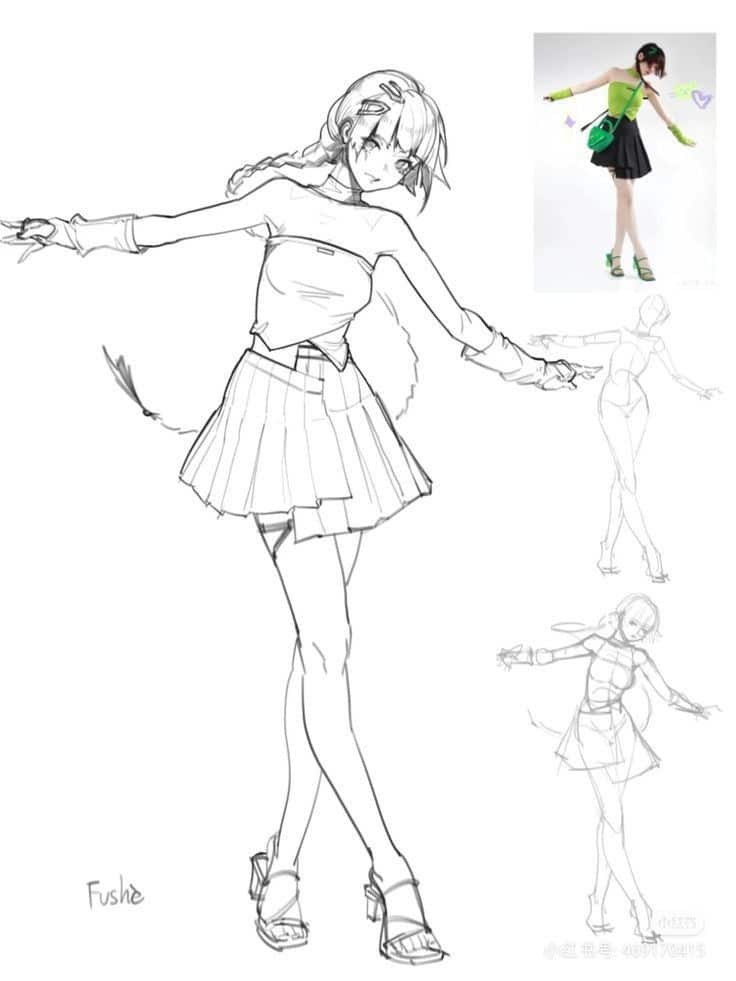
Contrapposto and Classic Art Poses
Contrapposto is a classic pose where the body’s weight rests mainly on one leg, causing the hips and shoulders to tilt in opposite directions. This pose gives the figure a natural, relaxed look with a gentle S-curve.
You can use contrapposto to add grace and sophistication to your work, especially when drawing portraits or figure studies inspired by Renaissance art.
Classic art poses often emphasize symmetry and elegant line flow, so understanding their structure allows you to blend artistic tradition with realism in your compositions.
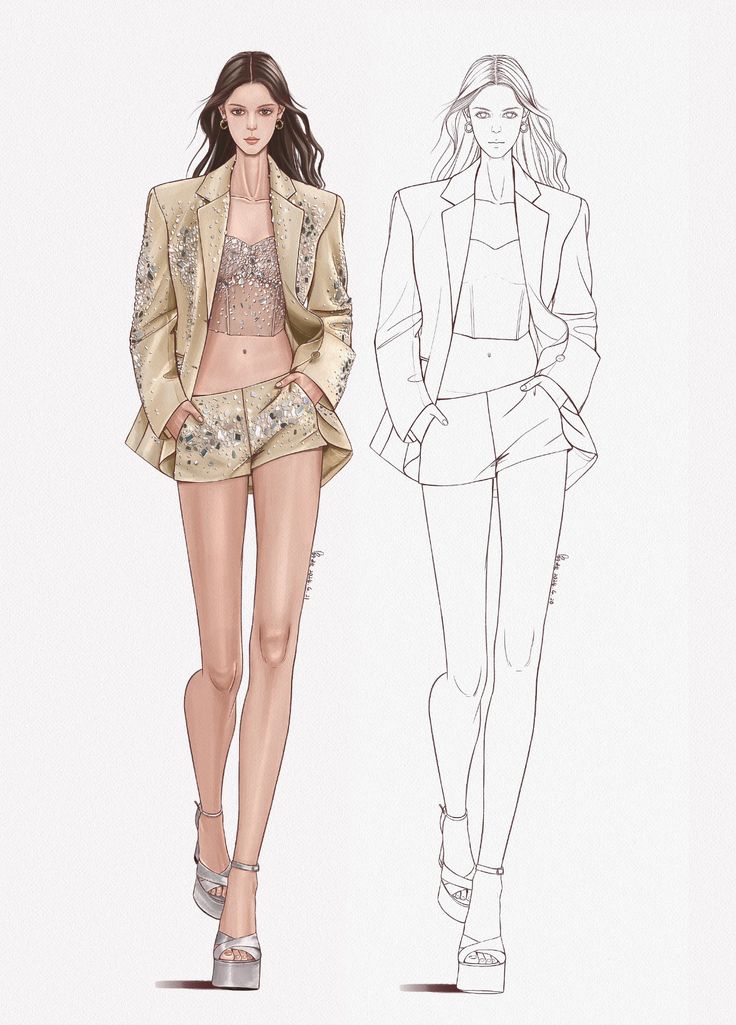
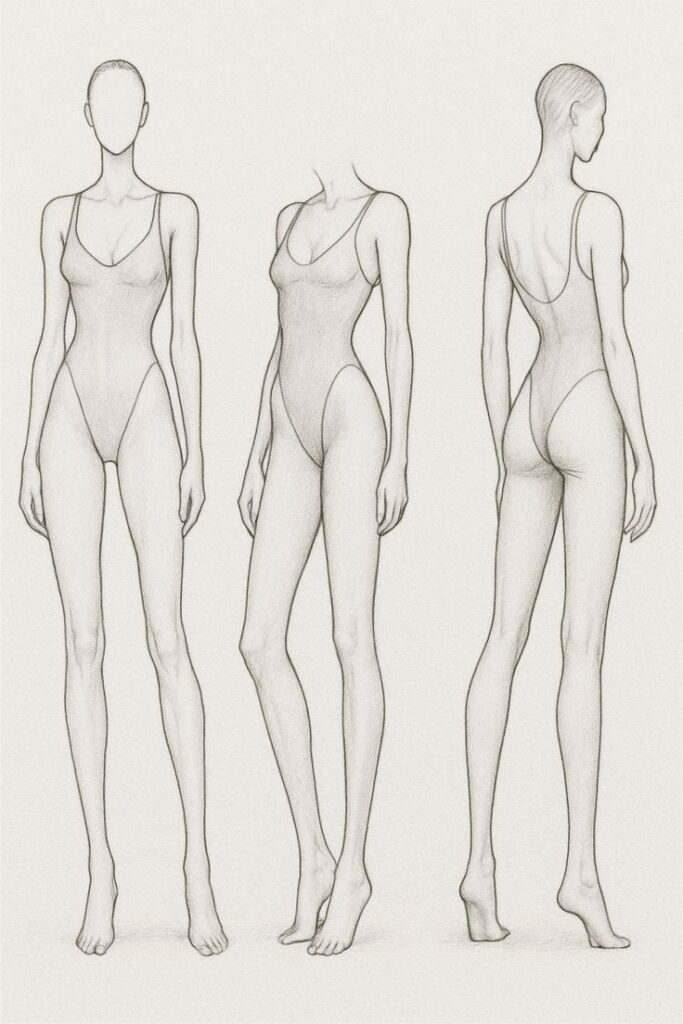
Stylized and Character Standing Poses
Stylized standing poses exaggerate proportions or gestures to express personality, mood, or fictional traits. You’ll see these often in character design, comics, and animation.
These poses focus less on anatomical accuracy and more on storytelling through bold posture and unique silhouettes. They help you communicate character traits like confidence, nervousness, or strength.
When working with stylized references, experiment with extreme angles, unusual limb positions, or creative weight distribution to enhance your character’s identity in your drawing poses.
Finding and Using Standing Pose References
When working with standing pose references, accuracy and variety are key to capturing natural body language. You’ll want reliable sources that offer clear images or 3D models, along with tips on selecting poses that suit your style and project needs.
Popular Online Pose Reference Sources
You can find many free pose reference websites online that provide high-quality images for artists. Sites like PoseMy.Art offer 3D models that you can rotate and customize to see standing poses from any angle. This helps you understand proportions and anatomy in detail.
Other platforms, such as Proko.com, provide libraries of curated photos and videos specifically designed for artists. These resources often include varying body types and lighting conditions, which are great for digital art and traditional drawing practice.
Using these tools allows you to build a solid foundation and experiment without needing a live model. Many of these sites also have free sections, so you can explore before committing to paid content.
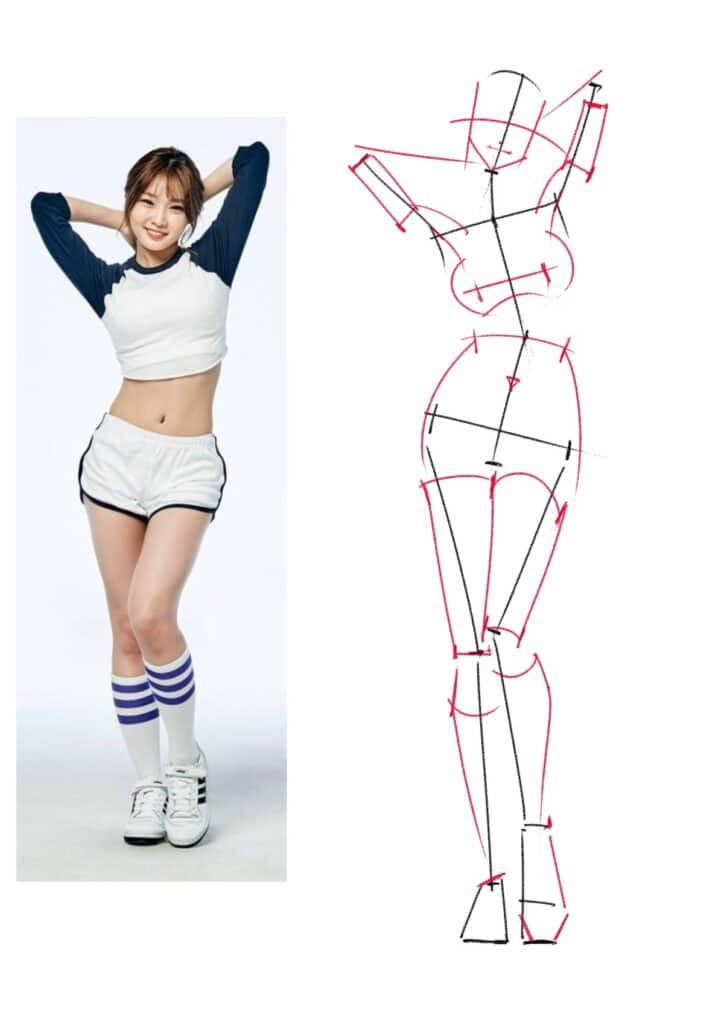
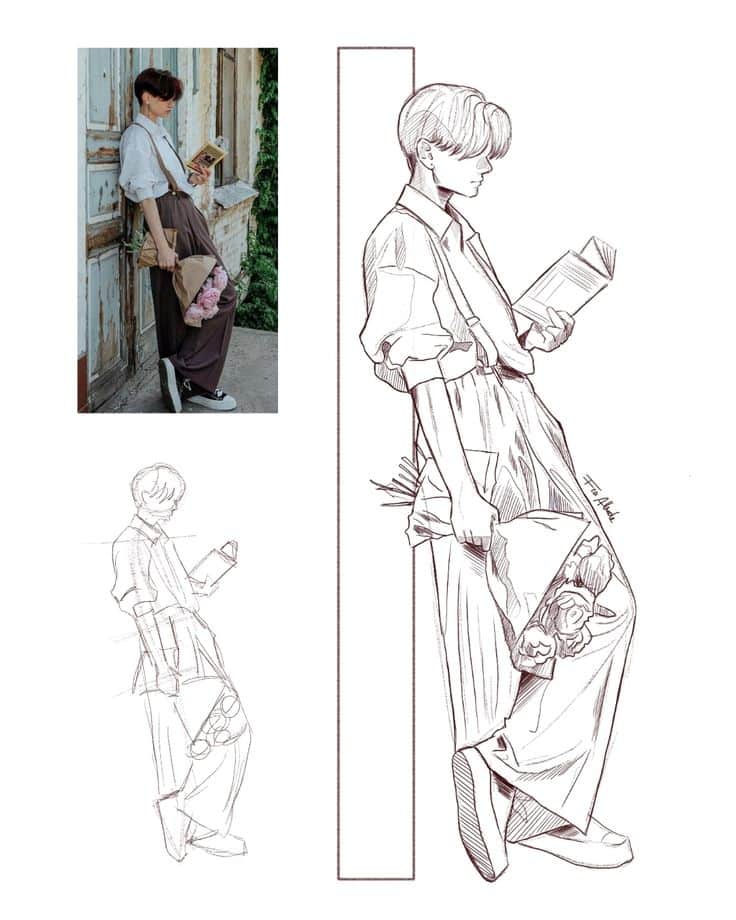
Choosing the Right Reference for Your Artwork
Picking the best standing pose reference depends on your art’s purpose. For realism, look for references with clear, photographic details, especially ones showing muscle groups and natural weight distribution. For stylized work, use references that focus on gesture and silhouette rather than exact anatomy.
Consider your artwork’s emotion and story. A confident, upright stance might suit a hero character, while a relaxed or slouched pose could fit a casual scene. Select references with poses that match those moods to communicate your ideas clearly.
Also, varied camera angles and lighting can highlight different aspects of the figure. You might want front, side, and three-quarter views to fully understand the pose’s shape and balance.
Pinterest and Social Media for Art Reference
Pinterest is a great place to find a wide range of standing pose references for free. You can browse countless collections curated by artists and photographers. Use specific search terms like “standing pose reference” or “dynamic standing poses” to narrow the results.
Social media platforms like Instagram can offer fresh and diverse images, especially from art communities sharing their work or photoshoots. Follow hashtags like #artreference or #posereference to discover relevant content.
Be mindful that images on social media may have varying quality or copyright restrictions. Always check permissions before using photos directly for commercial work or redistribution.
With Pinterest boards and social feeds, you get a constant stream of inspiration and real-world poses that can elevate your drawing practice and digital art creations.
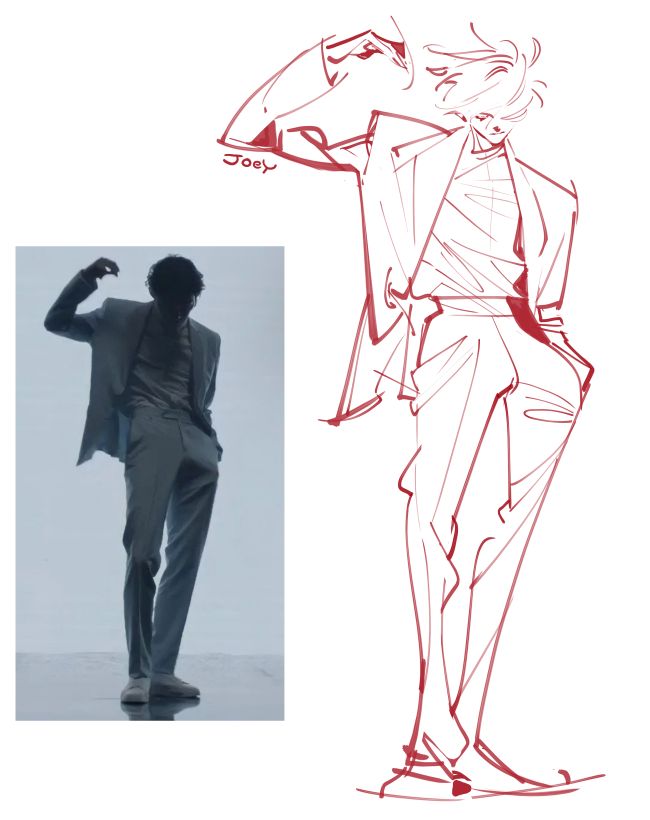

Techniques for Drawing Standing Poses
When drawing standing poses, you focus on capturing the figure’s balance, proportions, and natural movement. Using gesture drawing helps you establish the pose’s flow, while maintaining accurate proportions ensures the figure looks realistic. You’ll also find that certain tips and practices make figure drawing more effective and enjoyable.
Gesture Drawing Techniques
Start with quick, loose sketches to capture the overall flow and energy of the standing pose. Gesture drawing helps you focus on the body’s movement rather than details, allowing the pose to feel more natural and dynamic.
Use simple lines and shapes to indicate the head, spine, limbs, and weight distribution. Pay attention to how the body shifts when weight is on one leg, creating subtle curves and tilts.
Limit your gesture drawings to short time frames, like 30 seconds to 2 minutes. This trains you to capture the essence of the pose without overthinking or getting stuck on details.
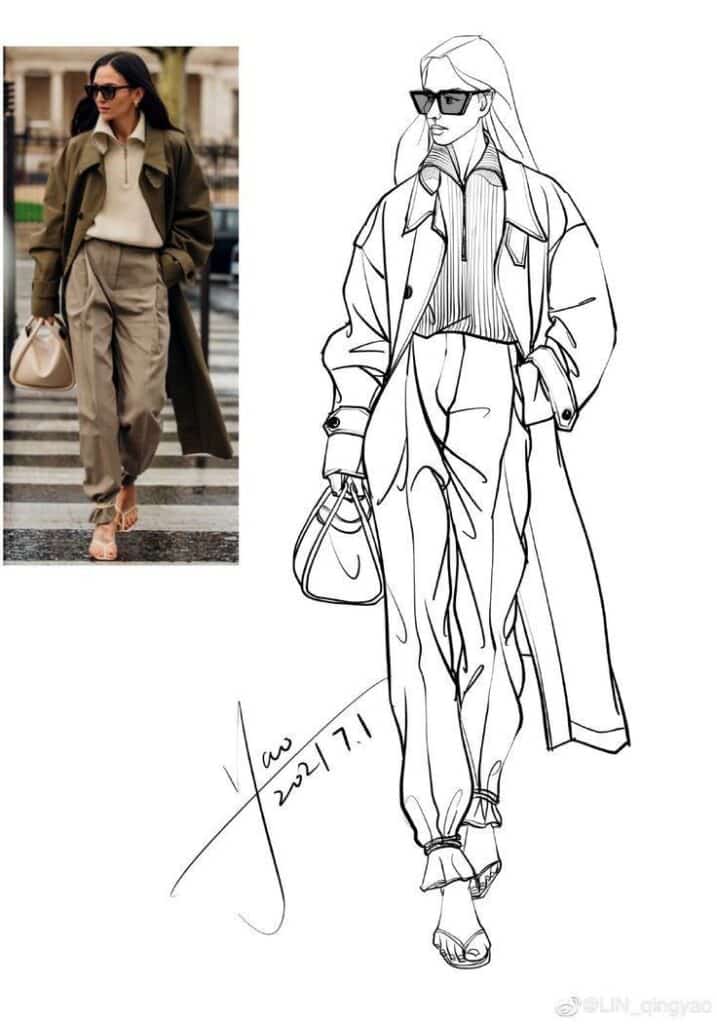
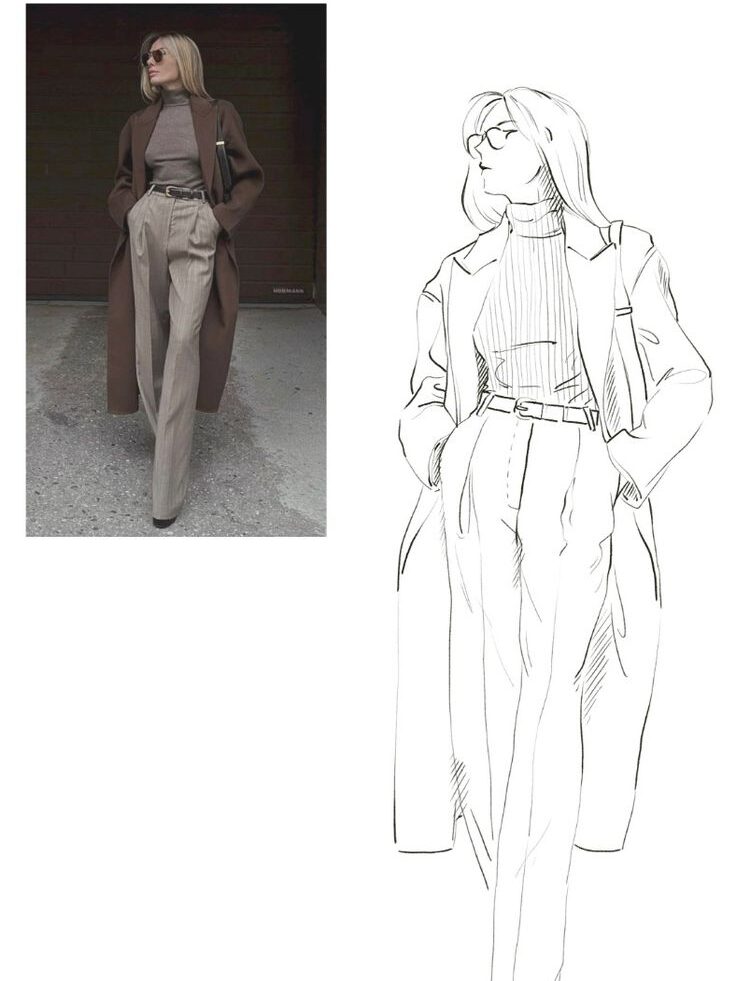
Capturing Proportions and Movement
Once you have the basic gesture, measure proportions carefully. The human body follows general guidelines—for example, the head is roughly one-eighth of the body’s height.
Observe how the hips and shoulders angle differently depending on weight distribution. When the weight rests on one leg, hips will tilt, and the spine curves slightly to balance.
Use landmarks like the knees, elbows, and collarbones to maintain anatomical accuracy. This helps keep your drawing grounded and believable.
Tips for Effective Figure Drawing
Use multiple references, especially real-life photos, to understand how standing poses naturally occur. Avoid relying solely on other artworks or wooden mannequins.
Focus on balance and equilibrium—this is crucial in standing poses. Notice how the feet touch the ground and how weight shifts affect the whole body.
Practice regularly with different poses and angles. Keep your lines confident but flexible, adjusting as you refine proportions and anatomy.
Keep your workspace organized with sketchbooks or digital tools, which helps track your progress over time.

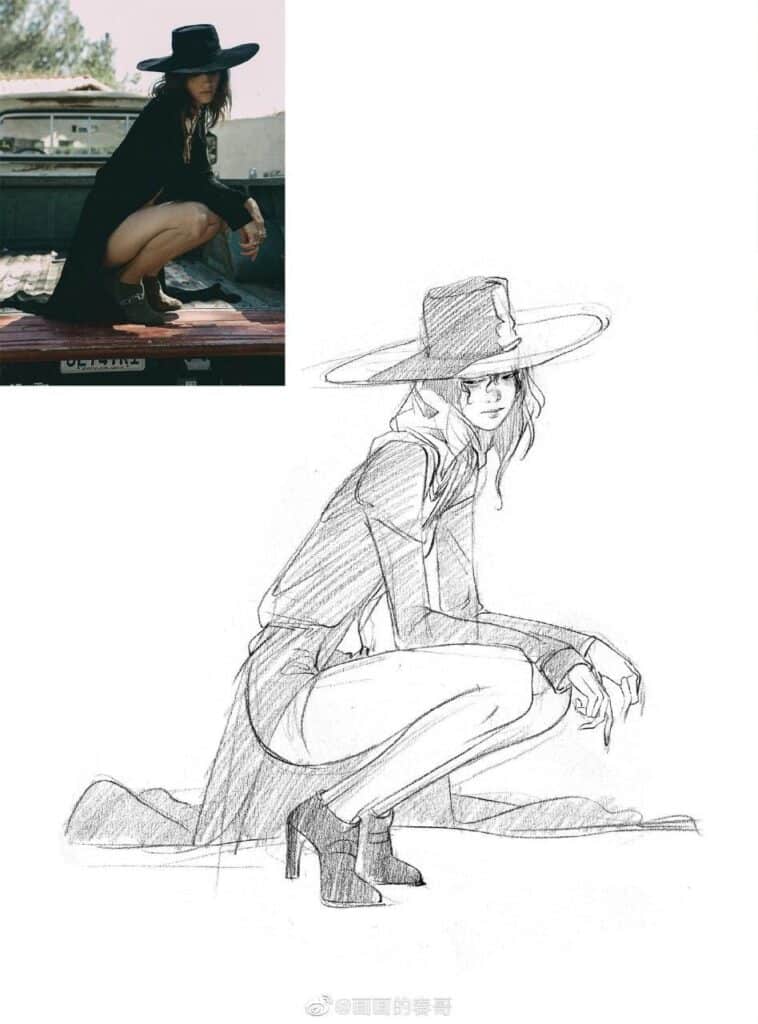
Enhancing Artistic Skills with Standing Pose References
Using standing pose references helps you improve accuracy and anatomy in your artwork. They guide you in capturing natural stance and weight distribution, which adds realism. You’ll also develop a stronger sense of proportion and gesture through practice with diverse poses.
Incorporating References into Digital Art
When working digitally, having a solid library of standing poses makes it easy to experiment quickly. You can import reference images or use pose apps to position figures without starting from scratch every time. This saves time and keeps your workflow efficient.
Try layering your sketches over pose references to adjust anatomy and proportions easily. Digital tools let you zoom in for detail and make corrections without ruining your whole drawing. Using references also helps you understand lighting and shadow in different stances, which enhances your rendering skills.
Developing Your Artistic Style with Pose References
Regularly studying and drawing from standing pose references builds your confidence with human forms. You learn to recognize common body mechanics and how the body shifts in different positions. This foundation allows you to put your own spin on poses without losing believability.
Using references doesn’t mean copying exactly. Instead, start by understanding the structure, then gradually simplify or exaggerate elements to reflect your style. Whether you lean toward realistic or stylized art, knowing the basics of standing poses grounds your experiments in anatomy and movement.
- 0shares
- Facebook0
- Pinterest0
- Twitter0


